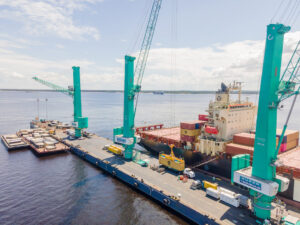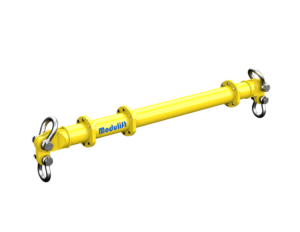CNS, a DP World company specializing in Digital Trade Solutions, is launching its new CNS Port Community System (PCS) to advance port technology in the UK and beyond. This upgrade involves transitioning from the existing ‘Compass’ system, which has been serving major UK maritime ports since 2010, to the cloud-based and HMRC-compliant CNS PCS. This modern platform, based on DP World’s global CARGOES platform, supports multiple devices and enables businesses to adapt to regulatory changes more efficiently.
‘Compass’ has played a pivotal role in coordinating trade logistics for UK maritime ports for over thirteen years, facilitating communication, cargo tracking, and trade efficiency for various stakeholders, including shipping lines, freight forwarders, terminal operators, and customs brokers. The transition to CNS PCS represents the next phase of development for the UK’s maritime trade.
The rollout of CNS PCS has begun with a pilot launch in the Belfast community in August 2023 and will later expand to other CNS sites across the UK. The full transition for all ‘Compass’ users in the UK is expected to be completed by 2025, including deployments at London Gateway and the Port of Southampton.
Matthew Bradley, Managing Director at CNS, explained the rationale behind the transition: “We aim to preserve the qualities our customers love about ‘Compass’ while enhancing it to meet future challenges. The UK government recognizes the importance of Port Community Systems in the data and systems landscape at the UK border. CNS PCS represents our significant investment in digital platforms to adapt to evolving market demands.”
CNS PCS offers an intuitive and dynamic solution for managing cargo in port and border settings. It is fully HMRC-compliant, ensuring compliance with evolving regulations. The system provides real-time visibility into shipment status, automates manual processes to enhance efficiency, and features an Application Programming Interface (API) for seamless integration with existing systems. This API facilitates data exchange and collaboration between importers, exporters, freight forwarders, shipping lines, transport companies, and customs brokers, improving efficiency and communication.







